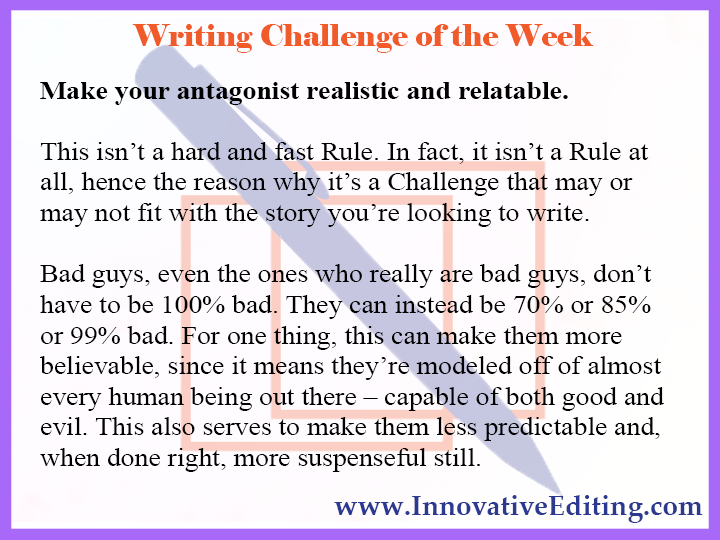The Making of a Villain
- Jeannette DiLouie
- Apr 11, 2019
- 3 min read

I didn’t get all the way through the Harry Potter books. I stopped after the fourth, so forgive me if I get this next bit wrong.
But as far as I understand it, Lord Voldemort, the overarching villain in the series, is just about as stereotypical as an antagonist can get.
He’s a raging bigot and a sociopathic monster who’s willing to murder babies. While we do get his backstory and learn about his motivation as the books progresses, those elements do nothing to make him a sympathetic character.
Voldemort is evil incarnate. There’s nothing redeemable about him whatsoever. Which, in the world of writing an antagonist, definitely makes him flat, not to mention kinda cliché.
Yet no less effective.
Kids have had nightmares about him. Literary analysts have written essays on him. And, right or wrong, political campaigns have capitalized on him to smear their opponents.
As storybook bad guys go, Voldemort works. And he works well – for the genre, for the plot and for the protagonist. But that doesn’t mean his particular personality would enhance every other novel out there.
When writing an antagonist, each one has to be tailor-made.
Did you follow last week’s series on protagonists? If so, the leading line of the Writing Challenge below is going to look familiar.
The rest of it, however, is much, much different than its predecessor.
Make your antagonist realistic and relatable.
This isn’t a hard and fast Rule. In fact, it isn’t a Rule at all, hence the reason why it’s a Challenge that may or may not fit with the story you’re looking to write.
Bad guys, even the ones who really are bad guys, don’t have to be 100% bad. They can instead be 70% or 85% or 99% bad. For one thing, this can make them more believable, since it means they’re modeled off of almost every human being out there – capable of both good and evil. This also serves to make them less predictable and, when done right, more suspenseful still.
The example I often give here is that of a Mafia boss character. He’s cold and calculated in his business, rising to the top and staying there because nobody wants to get in his way. The man is ruthless, making for one formidable foe for the protagonist, Detective Terrance Matthews.
But this Mafia boss has a daughter, seven-year-old Zoila, who he would do anything for. Will that trace of humanity play in Detective Matthews’ favor when he’s captured?
Can it?
Readers just won’t know until they’ve finished those pages themselves.
Again though, this isn’t to say that writing an antagonist has to fit any particular mold.
Detective Matthews’ story can be completely compelling even if the Mafia boss doesn’t
have a daughter he adores. Not every villain deserves a detailed backstory or deeper look to explain why he is how he is.
Sometimes, a bad guy should just stay a bad guy. That’s not automatically unrealistic if you’re telling the story from only one point of view, specifically that of the character he’s terrorizing.
But if you want to round out your antagonist, you can do it in a line or two without jeopardizing what a jerk he’s supposed to be.
All it might take is a single insight on the protagonist’s part. Just one moment where she wonders what hardships made him the way he is. Or just one flash of hurt or confusion on his face to show that he’s not as impenetrable as he wants her to think.
Maybe it needs to be more than that. Maybe it needs to be less. It all depends on you, your story and what kind of difficulties your narrative calls for.
Writing an antagonist is no more and no less complicated that that.





